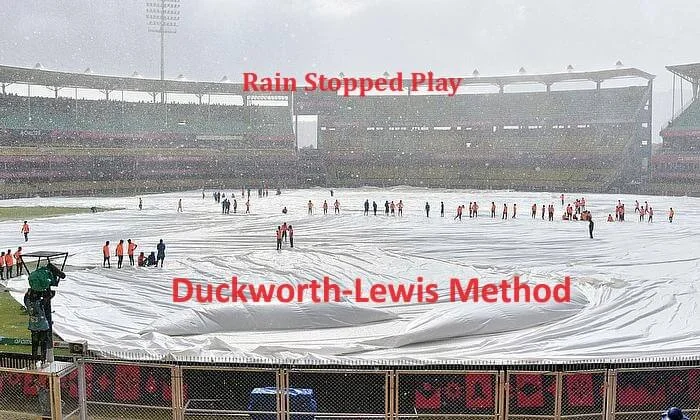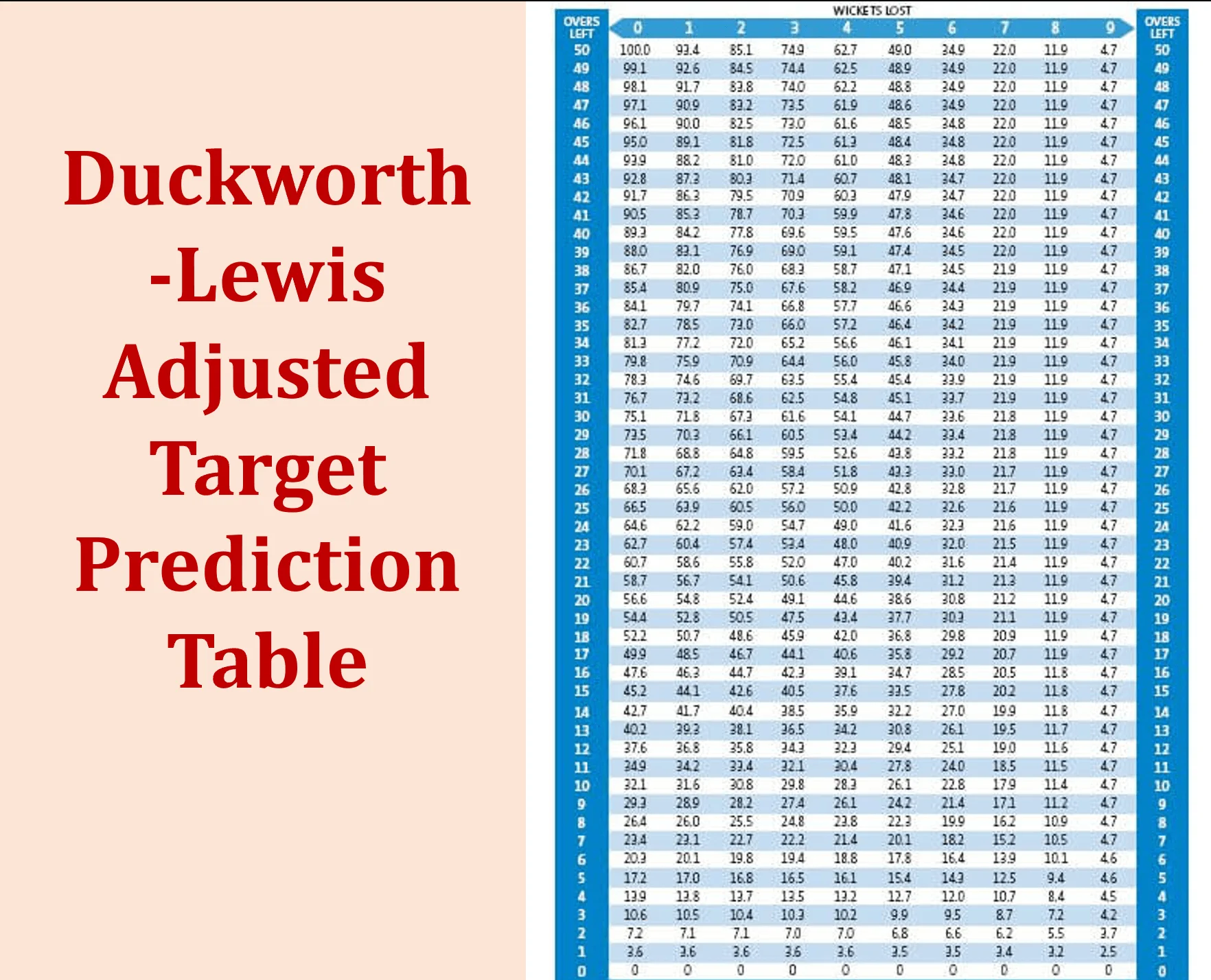
Cricket is referred to as a gentleman’s game. However, is renowned for its unpredictability. The weather is one of cricket’s most erratic factors. Rain can disrupt matches, leaving fans and players frustrated. Therefore, to address this issue, the Duckworth-Lewis method (D/L) was introduced. In November 2014 Steven Stern got the responsibility of this method after the retirement of the above two. Since then, it is also termed as Duckworth-Lewis-Stern Method. In this blog post, we’ll delve into the intricacies of the Duckworth-Lewis method. Moreover, we’ll try understanding how it is used to adjust targets in rain-affected matches.
The Genesis of Duckworth-Lewis
The Duckworth-Lewis method, also known as D/L method, was developed by two English statisticians, Frank Duckworth and Tony Lewis. It was first introduced in international cricket in the early 1990s to account for rain interruptions and their impact on the outcome of limited overs matches.

The Core Idea
At its heart, the Duckworth-Lewis method is designed to provide a fair and equitable way to determine revised targets in rain-affected matches. Therefore, to achieve this, it considers two key factors:
1. Resources: The method evaluates the number of overs bowled and the number of wickets lost by the batting side at the time of the rain interruption. These factors help gauge the resources available to the team.
2. Par Score: A par score is calculated based on historical data, considering the average scoring rates in similar conditions. This score represents what a team would be expected to achieve on average under the given circumstances.
Calculating Adjusted Targets
To calculate the adjusted target for the team batting second in a rain-affected match, several steps are followed:
1. Calculate the “resources used” (Ru). It’s a fraction that represents the resources available to the team when the interruption occurred. Thus, Ru is calculated using the formula:
Ru = (Overs bowled by the team at the interruption / Total overs in the innings)
2. Determine the “resources remaining” (Rr) by subtracting Ru from 1:
Rr = 1 – Ru
3. Calculate the “par score” for the interrupted match using the par score table, which is derived from historical data.

4. Adjust the par score for the resources remaining. This is done by multiplying the par score by Rr:
Adjusted Target = Par Score × Rr
5. Round the adjusted target to the nearest whole number.
How D/L Method Affects Strategy
The Duckworth-Lewis method can significantly influence the strategies of both teams in a rain-affected match. Therefore, the batting side must be mindful of the target they need to achieve, while the bowling side needs to defend a revised total.
The method often favors the team batting second since they can adjust their approach according to the revised target. On the other hand, the bowling side must adapt to defend a potentially lower total, which can be challenging, especially in conditions favorable to batting.
Criticism and Refinements
While the Duckworth-Lewis method is widely accepted and used in international cricket, it has faced criticism over the years. Critics argue that it doesn’t always account for real-time match dynamics and can sometimes lead to anomalies.
In response to criticism, refinements have been made to the method, leading to the introduction of the Duckworth-Lewis-Stern (DLS) method. After all, the DLS method takes into account the impact of wickets in hand, allowing for more precise calculations.
Conclusion
The Duckworth-Lewis method has been a valuable addition to cricket, ensuring fairness in rain-affected matches. While it may not be ideal, but it has greatly decreased the annoyance brought on by weather delays. Moreover, it has given the game an additional layer of strategy and complexity. Consequently, with time we may anticipate more improvements to these procedures as cricket develops to ensure fair outcomes under all circumstances.
